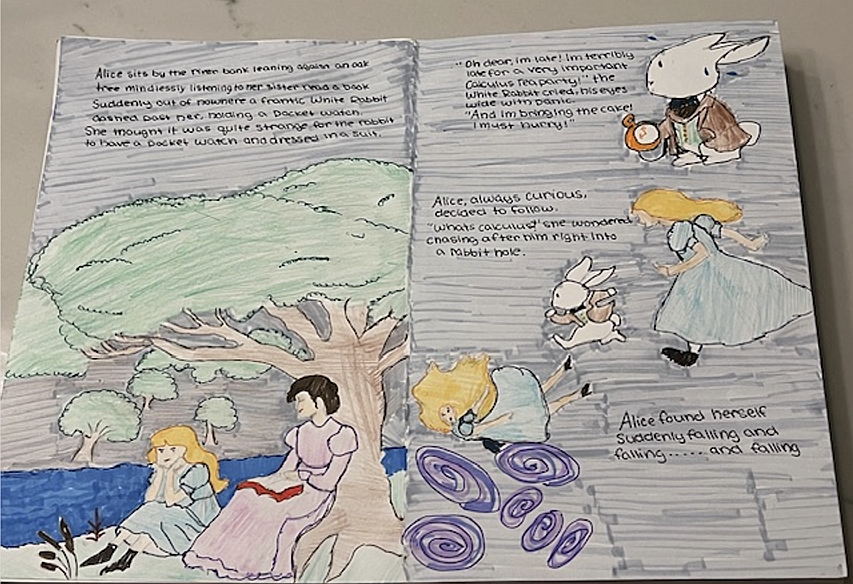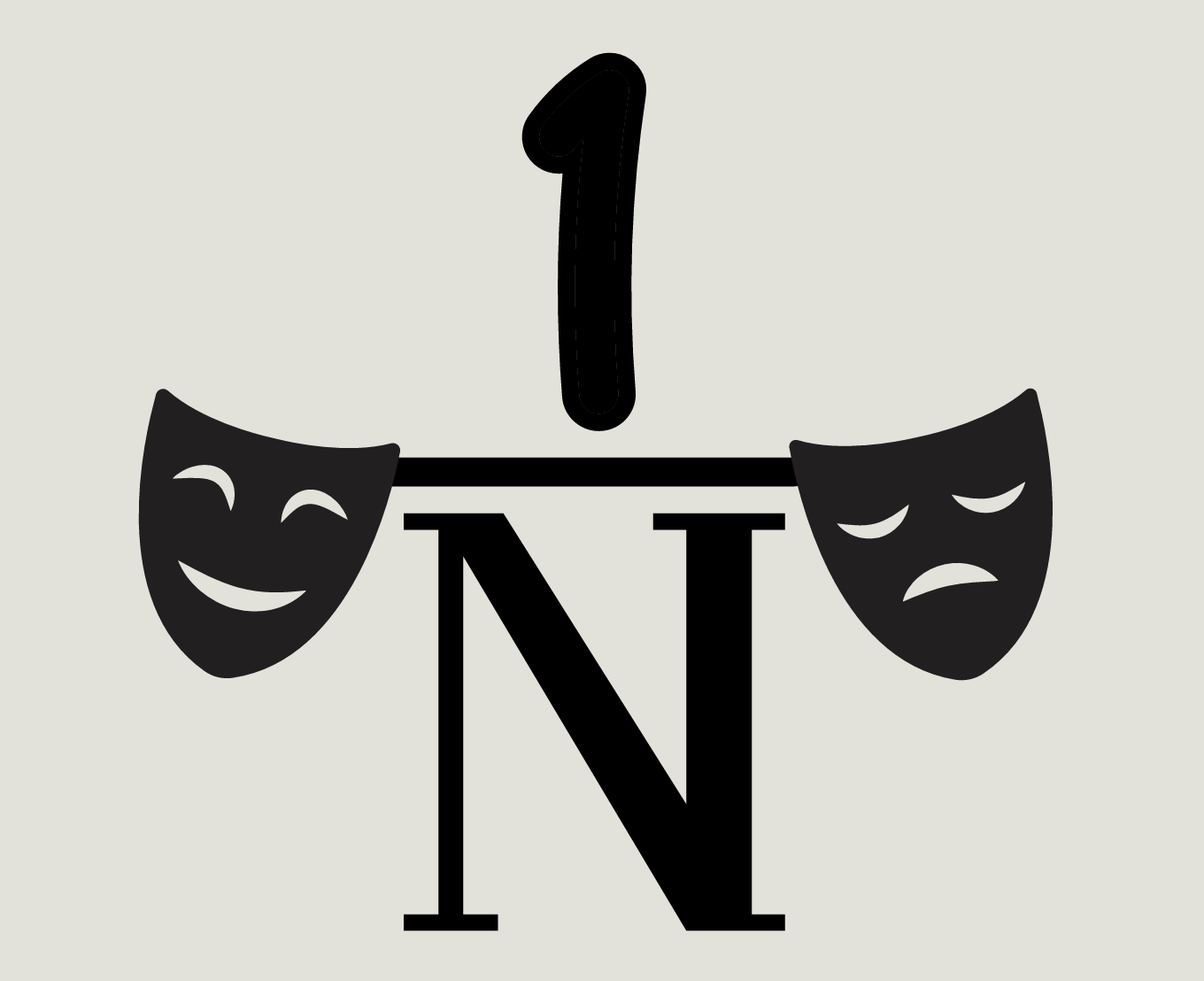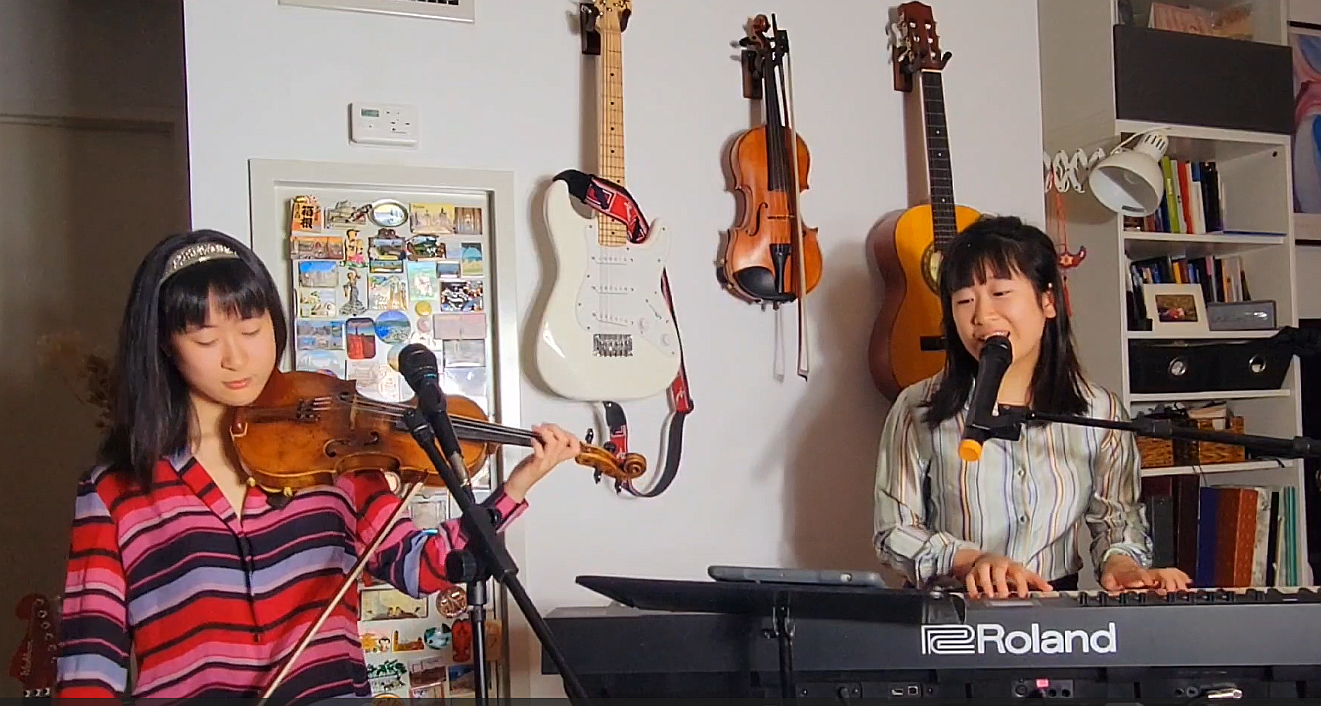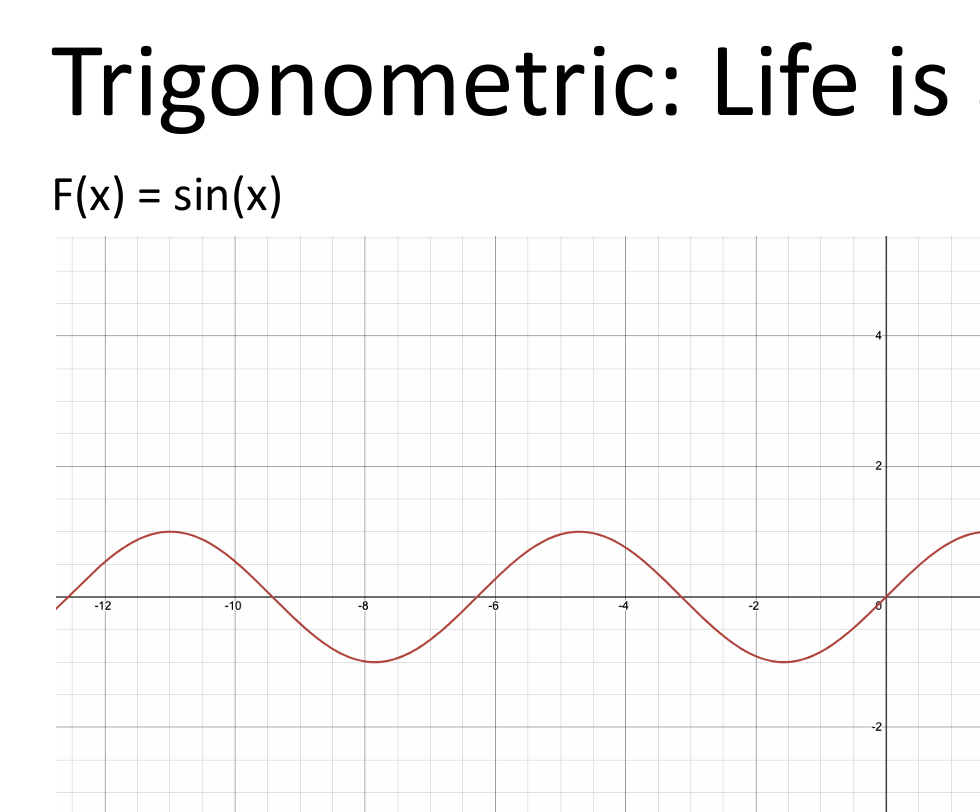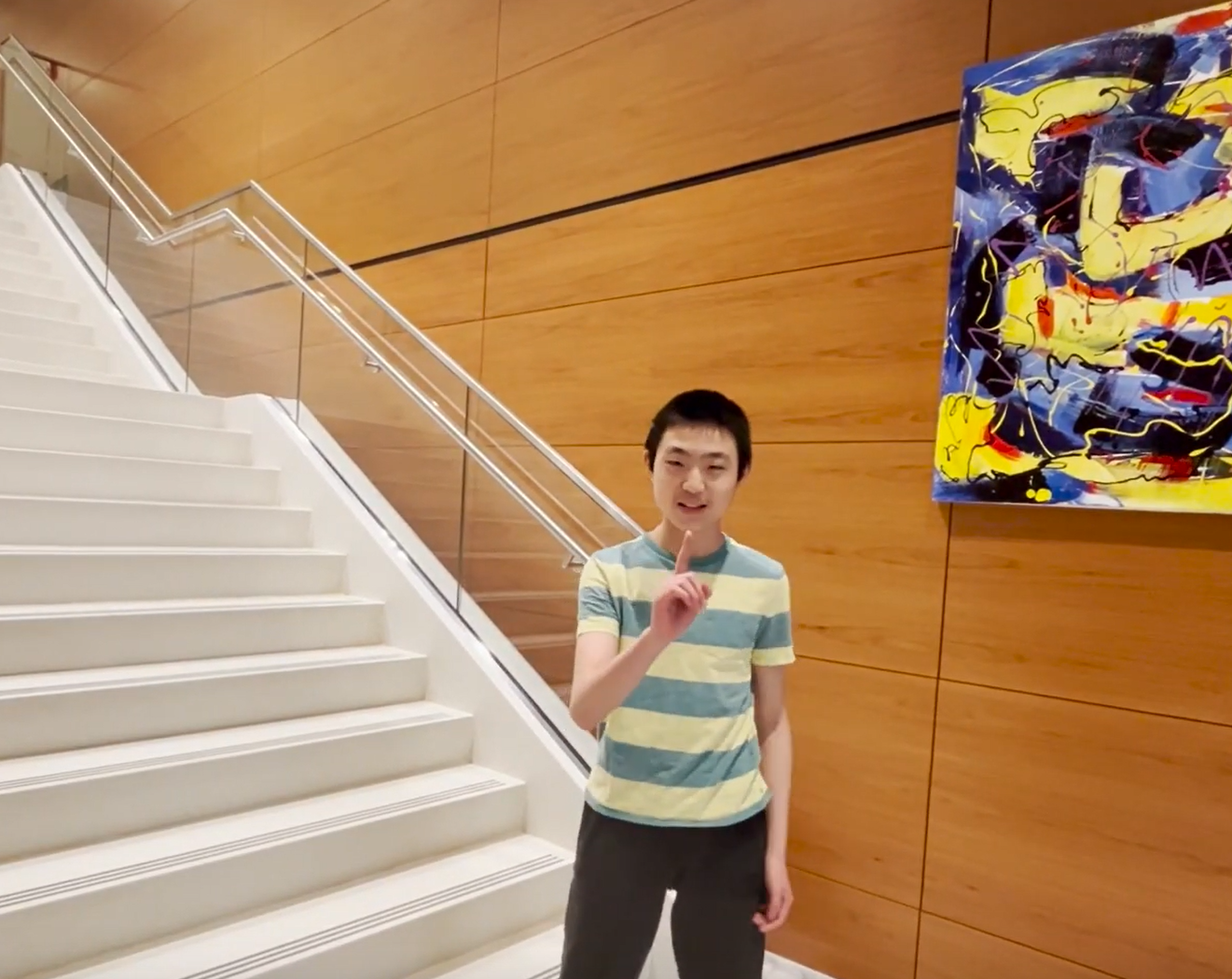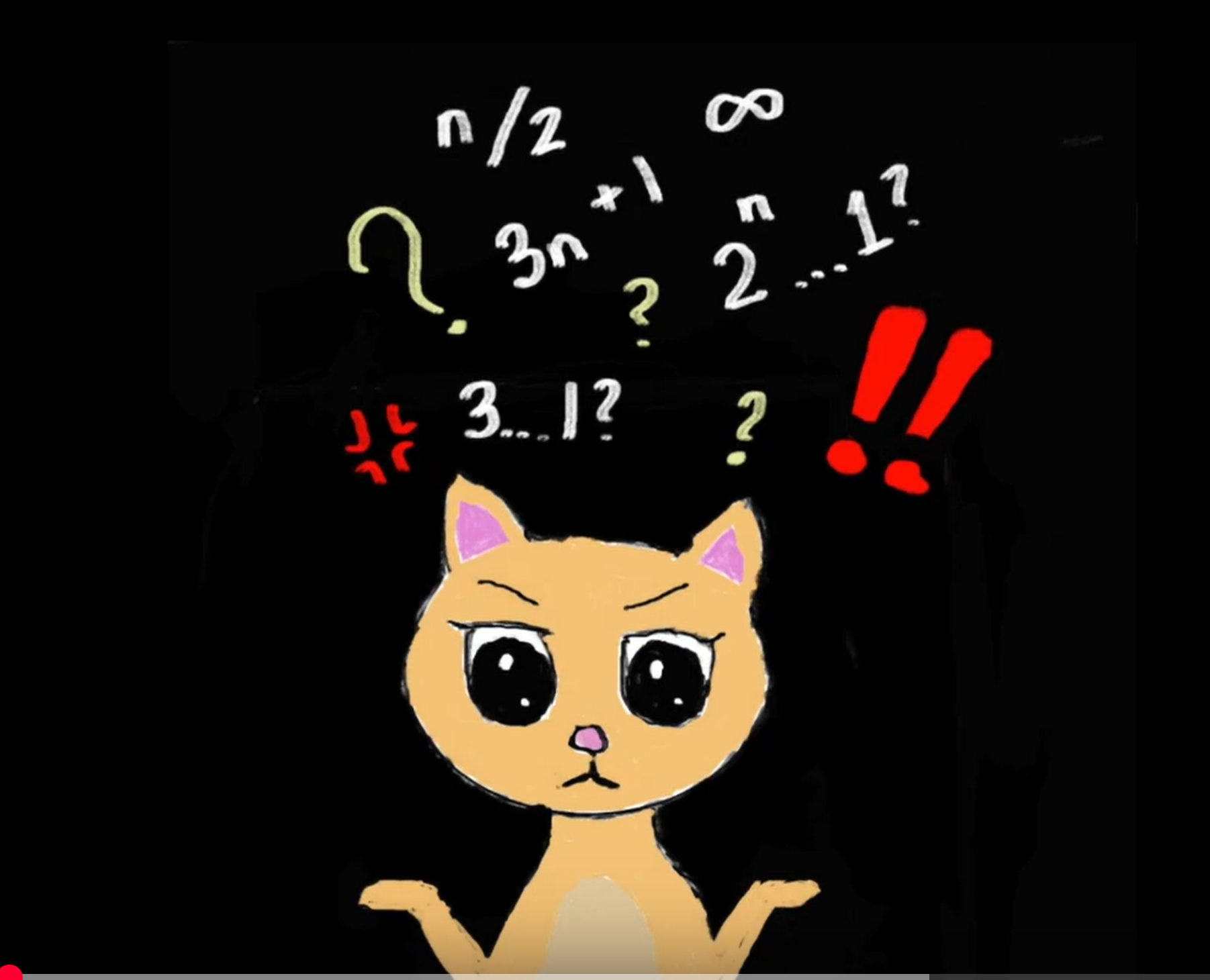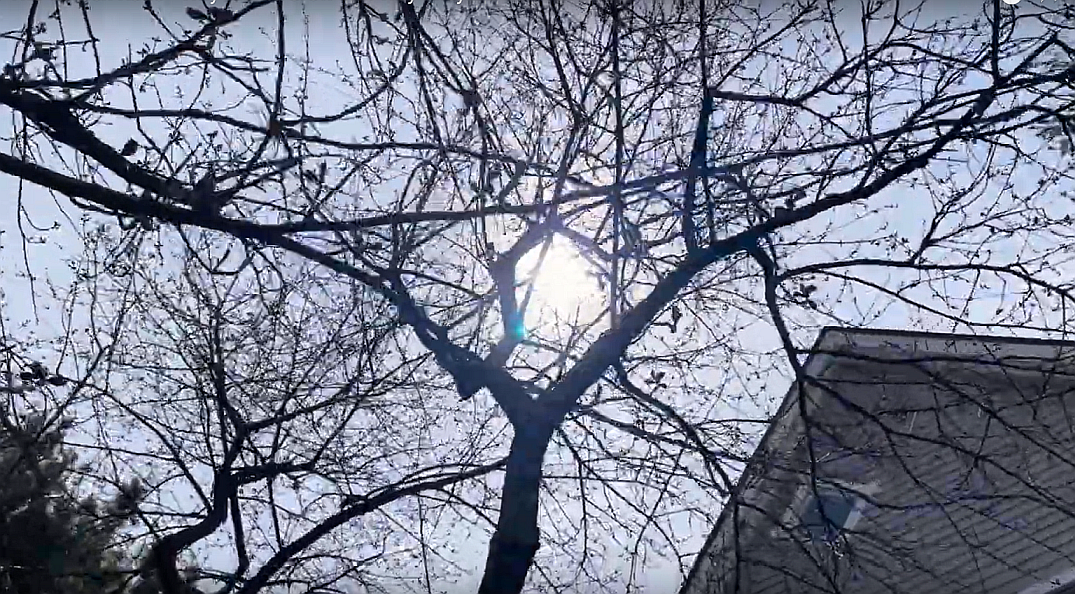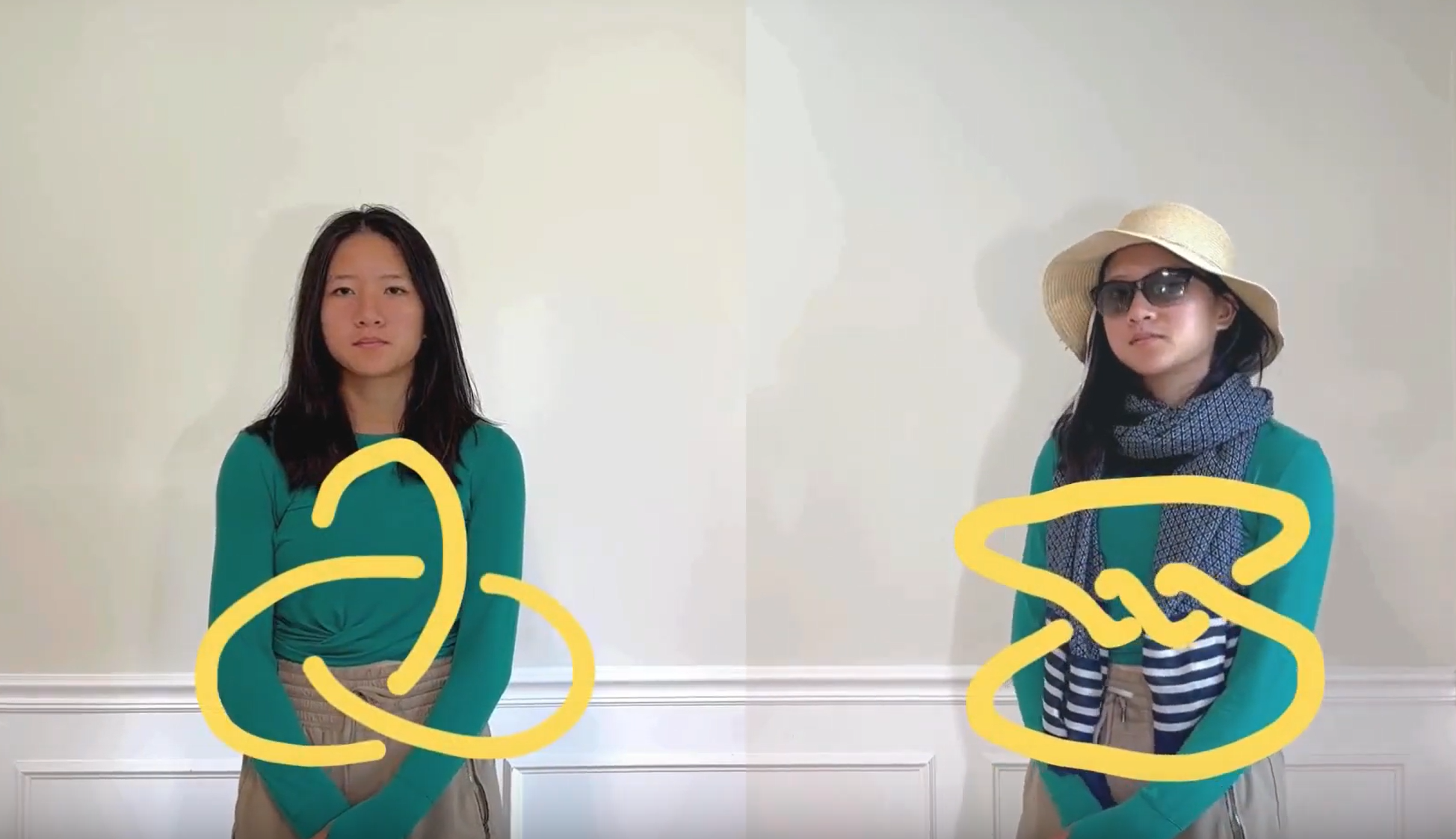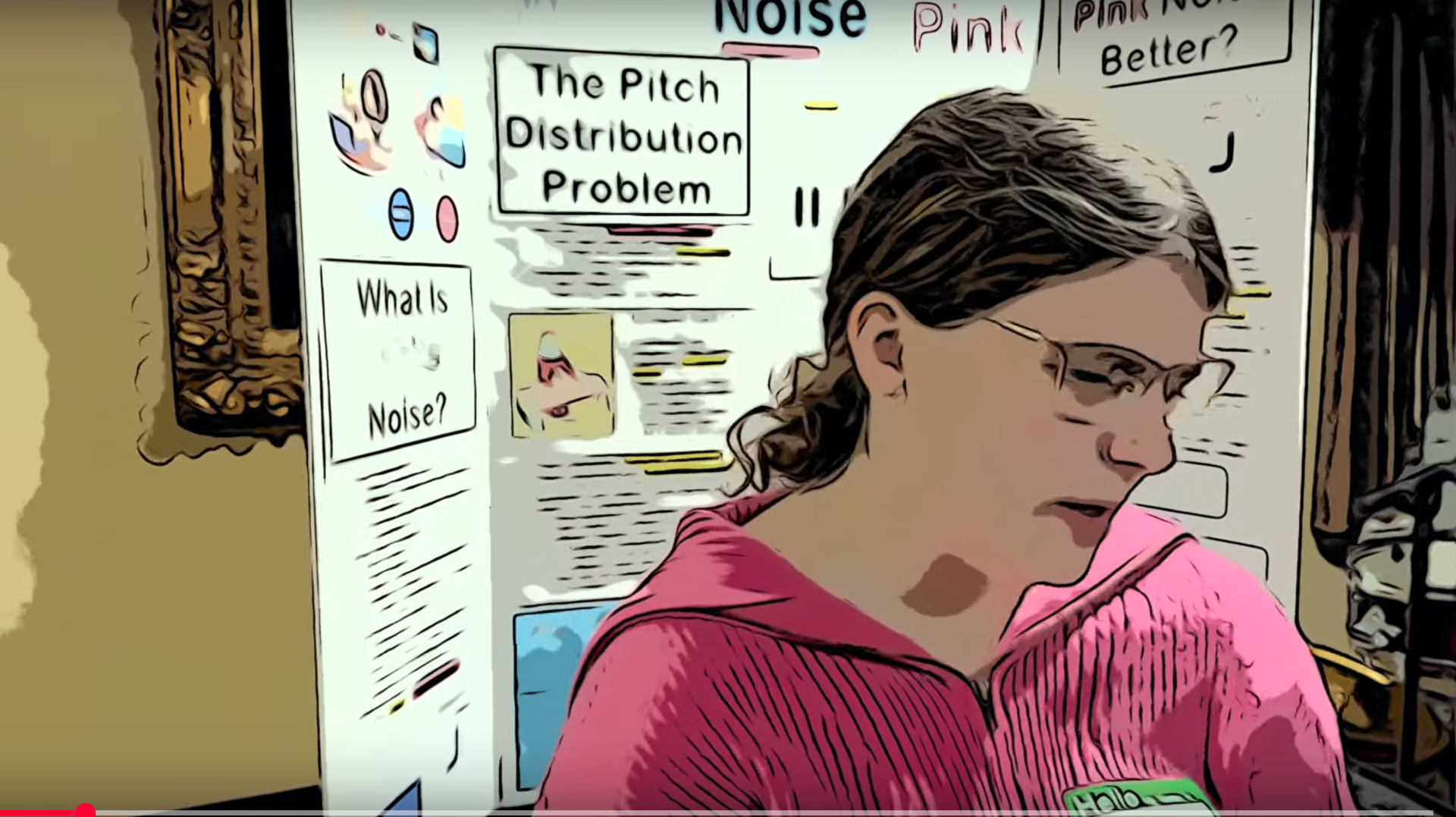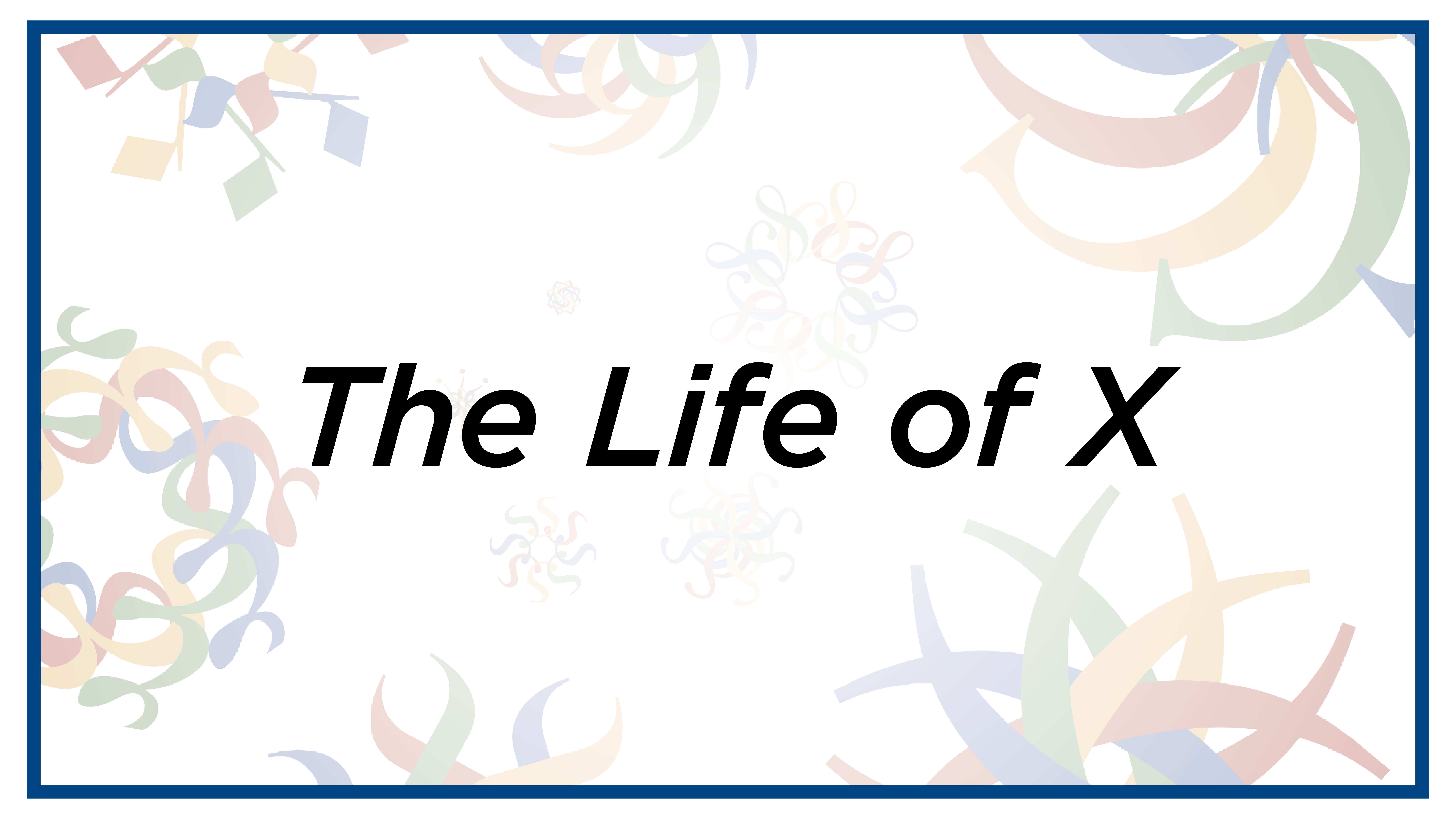Varsity Math, Week 19
This week, the team is preparing for next month’s exhibition performance at the MoMath Masters, the National Museum of Mathematics’ annual charity fundraiser in the form of an adult math puzzle tournament. To do that, they’re trying their hand at some of the finals questions from prior years, and you can, too!
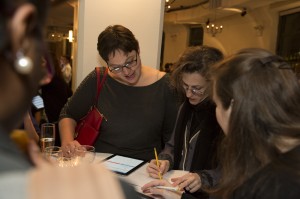
Marble Jam
Two perfectly spherical identical marbles are jammed into a rectangular box so that each marble is tangent to the top, bottom, and two adjacent vertical sides of the box. The marbles are also tangent to each other. The width of the box is W cm, where W represents the maximum possible number of identical letters on the main diagonal of Casey’s letter grid from last week’s Word Block puzzle. Each of the two walls of the box that are W cm apart have one point of tangency to a marble (each marble touches one of these walls). Those two points of tangency are 5 cm apart.
What is the radius of the marbles?
[asciimathsf]
Cubic Conundrum
Short and sweet:
What is the number of solutions of x³ + 2016y³ = 2405 in integers x and y?
Solutions to Week 18
Double Veracity. We will start with the second equation, SINE² + COSINE² = SESBYEONEEE, because it has more easily accessible information in it. In particular, when you square a number T, the last digit of the square of T is the last digit of the square of the last digit of T. (If you think about writing out long multiplication of T by T, that’s the only digit in the rightmost column of the multiplication layout, so it becomes the rightmost digit of the answer.) In the case of digit E, when you square it and double that square, you get back E as the last digit. (There are two squares ending in E on the left-hand side of this equation, and the right-hand side also ends in E.) Trying all the digits, 0² + 0² = 0 and 8² + 8² = 128 work, but none of the other digits do. Could E be 8? If so, then 2×(N8)² would have to end in 88. Mutiplying that out, 2(10N + 8)² = 2(100N² + 160N + 64) = 200N² + 320N + 128 would have to end in 88, which would mean that N would have to be 3 (so that you get 2×3 + 2 = 8 in the tens place). And 2×(I38)² would have to end in 3888. Again, multiplying out we would have that 20000I² + 15200I + 2888 would end in 3888. However, in order not to alter the hundreds digit, I would have to be 0 or 5, and neither 2×38² nor 2×538² ends in 3888. So E can’t be 8, and hence we conclude that E is 0.
But now 2×(IN0)², which is 200(IN)², must end in N000. So we have a multiple of 200 which is also a multiple of 1000. Therefore, the multiplier IN must be a multiple of 5. Since N cannot also be 0, we conclude that N is 5.
We now return to the original equation SIN² + COS² = UNITY. The first thing to notice is that we have the squares of two three-digit numbers adding up to a five digit number. This means that neither C nor S can be 4 or more, because then their sum of squares would have six digits. Similarly, neither C nor S can be 3, because (3xx)² plus the square of any other three-digit number would have six digits. So S and C between them must be 1 and 2.
The second equation now tells us that C is 1 and S is 2, because the square of a six-digit number starting with 1 could start with 2, but not vice-versa.
We now have that 2I5² + 1O2² = U5ITY. In more algebraic form, we have (205 + 10I)² + (102 + 10O)² = 10000U + 5000 + 100I + 10T + Y.
Multiplying out, we have 42025 + 4100I + 100I² + 10404 + 2040O + 100O² = 10000U + 5000 + 100I + 10T + Y. From this, we get that Y is 9, and subtracting and collecting terms, and dividing by 10, we have 4742 + 400I + 10I² + 204O + 10O² = 1000U + T. From this, we can see that for a given value of O there is at most one value of T, just by looking at the last digit of each side. Thus, the only possible (O,T) pairs are (3,4), (4,8), (8,4), and (9,8).
Let’s try these in order. If O=3 and T=4, then collecting terms and dividing by 10 we have 544 + 40I + I² = 100U. In this equation, to get a 0 in the ones digit on the left-hand side, I² must end in 6, and so I must be either 4 (already taken), or 6, but 544 + 40×6 + 6² is not a multiple of 100, so this possibility does not work.
If O=4 and T=8, the same process yields 571 + 40I + I² = 100U. Now, to get a 0 in the ones digit on the left-hand side, I² must end in 9, and so I must be either 3 or 7. And in fact, I = 3 yields 700 = 100U, which can be solved via U=7!
Therefore, to sum up, the assignments C=1, I=3, N=5, O=4, S=2, T=8, U=7, and Y=9 turn the expression SIN² + COS² = UNITY into the true equation 235² + 142² = 75389.
So right, guys, you know to check that the solution is unique, you have to try out the remaining (O,T) pairs (8,4) and (9,8). But I’ll save you the trouble: none of those options works out, and you’ve found the only solution. Moreover, the amazing fact is that the solution was already unique just with the single original equation SIN² + COS² = UNITY. But finding the solution using only that one equation involves a lot of cases and calculation. At that point it’s probably easiest for you all to just write a little computer program to check all the possibilities — so don’t shirk your CS homework, either!
Recent Weeks
Week 18: Word Block & Double Veracity, solution to Beaver Bash
Week 16: Gonzi Scheme & New Year-amid, solution to Boxes Nest
Week 15: Boxes not Urns & Boxes Nest, solution to Crooked Clock
Links to all of the puzzles and solutions are on the Complete Varsity Math page.
Come back next week for answers and more puzzles.


